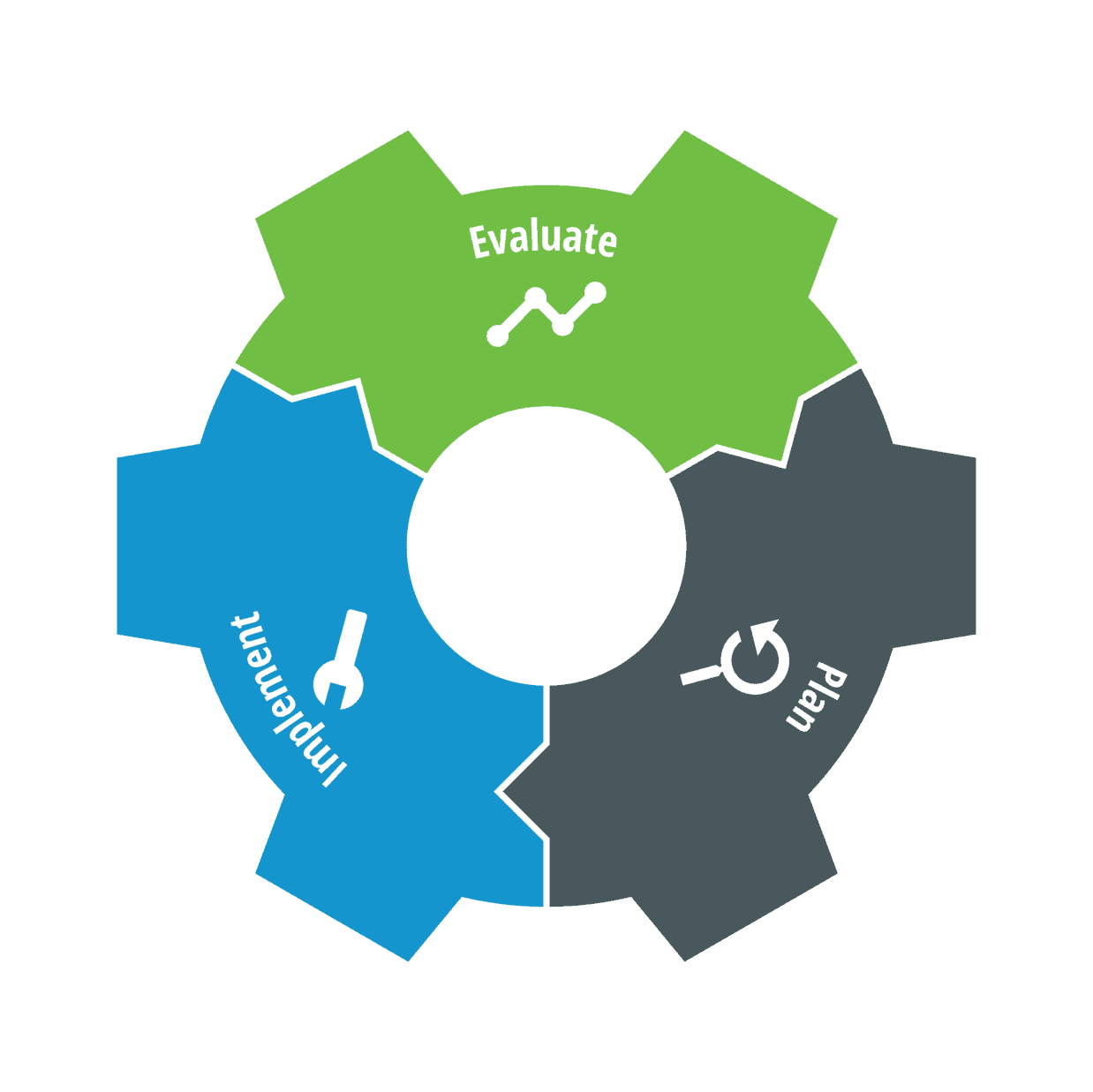Quick! Where’s the name, number and email for mister or misses so and so?
Every business or organization has institutional knowledge—sometimes referred to as their accounts, clients, customers, members, donors, patients, patrons or tenants—and it resides somewhere, correct?
Information can be stored in a variety of ways. Some organizations use spreadsheets. Others might keep their contact information in their email system, like Outlook. I’ve even witnessed paper files…and yes, sometimes, the information is even stored in one person’s head!
While there’s no universal right or wrong way of organizing this information, there are most certainly costs associated with each. So, before you start asking around and organizing a parade of demos from technology vendors, it’s worth taking a more deliberate, strategic approach to “know what you don’t know”.
Customer relationship management (CRM) systems aplenty
Allow me to introduce you to the world of CRMs. It’s chock full of popular vendors like Salesforce.com, Microsoft Dynamics, and SugarCRM, to Blackbaud, DonorPerfect, Personify, ACGI, and MemberSuite—all who’ve already built more bells and whistles than you’ll ever need. After all, they built their CRM tools for the masses, so they’re not exactly configured to how you work.
Since there are so many solutions to manage your information, selecting the right one is a challenge, and, oftentimes, the selection process, itself, becomes arduous. My experience as a development officer, an account manager and even a program/campaign manager, though, has exposed me to many varieties of CRMs. Drawing on this exposure, I was able to hone in on the planning stage of the process in order to help organizations determine the right tools for their needs. Doing so has paid dividends.
Invest in planning
Take into account the bigger picture of how your organization collects, maintains and uses the information that may be stored in a CRM. By doing so, you can weed out the unnecessary features that CRMs like to sell you on, and, instead, prioritize the functionality that returns real value.
 To illustrate this, I’ve broken down our approach to evaluating CRMs into a few key milestones, all contained in the Planning phase:
To illustrate this, I’ve broken down our approach to evaluating CRMs into a few key milestones, all contained in the Planning phase:
- Clearly document your current workflow and business processes. Start by simply writing out the steps, and be sure to include the Who, What, When, Where, Why and How. If you’re not familiar with business process reviews, check with your IT consultants.
- Align those processes with your organization’s strategic goals and objectives. If something isn’t aligned, go back and identify the gaps. Ask yourself the tough question… why is the current way we manage our data not working?
- Create a matrix or rubric of requirements for outputs and outcomes required to sustain and scale your customer engagement experience.
Improve data management and increase your bottom line
The cost of losing a customer or a missed opportunity is quantifiable, so don’t lose sight of those opportunity costs. Instead, the next time you have a business challenge or opportunity, consider making a slight adjustment in your approach.
…Why? Well, your organization’s bottom line is directly correlated with how you manage your data and information [i.e. if it doesn’t make dollars, then it doesn’t make sense (cents)].
In the end, making the right decision on an IT investment is an incredibly important outcome, and it’s one that’ll pay dividends in the long-term.
